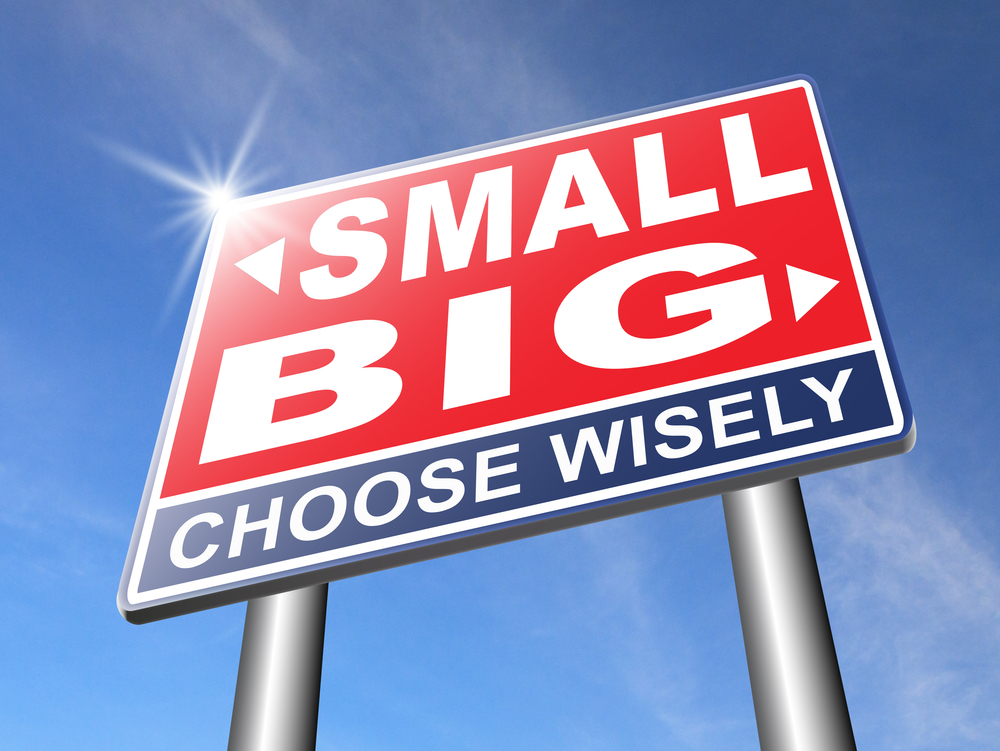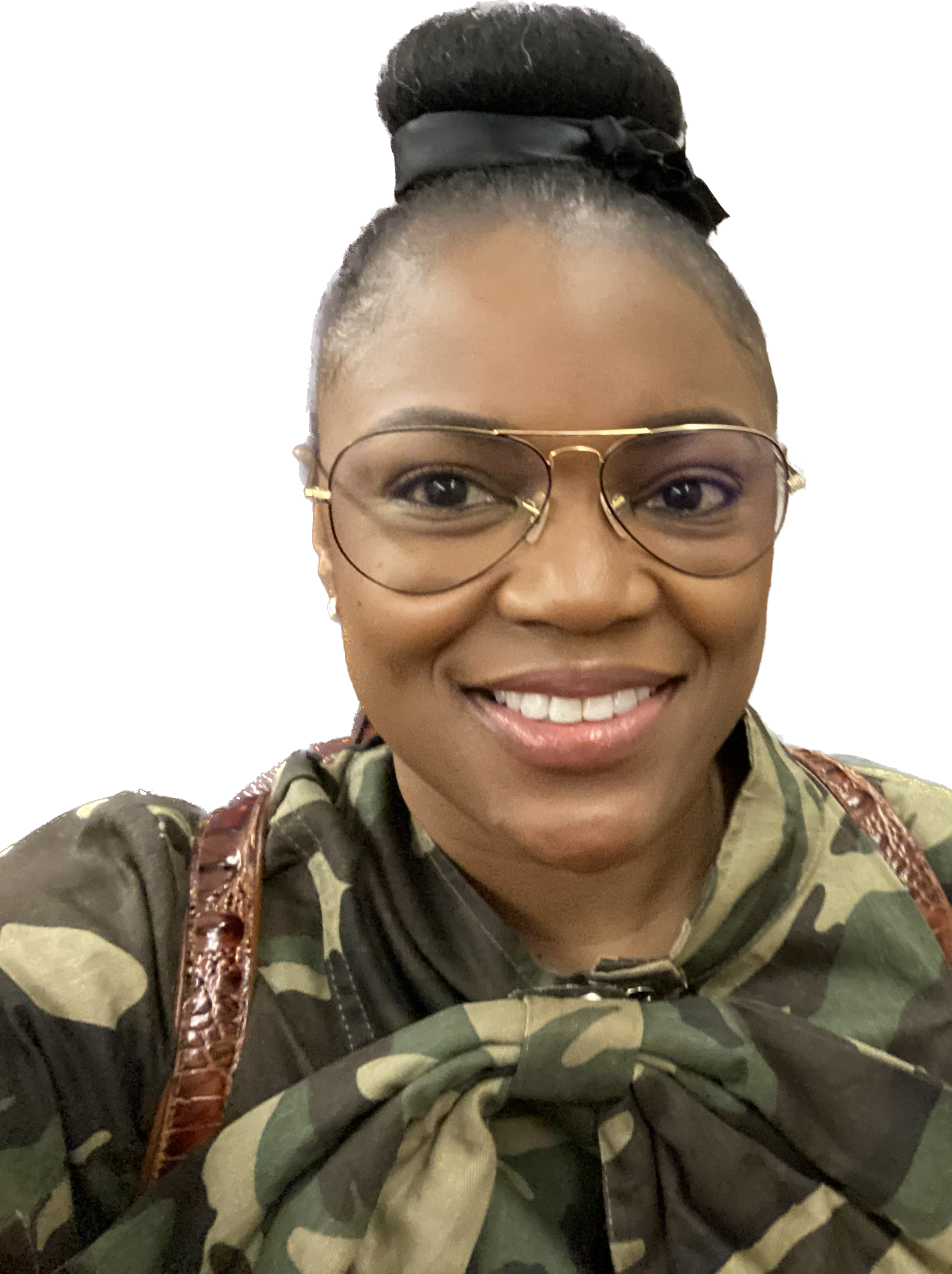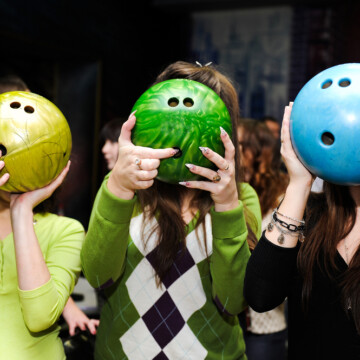
The bowling ball you choose can mean the difference between bowling a perfect game or being plagued by gutter balls.
It's one of the most critical decisions that you, as a bowler, can make about your equipment.
So which ball size should you choose? In this article, we’ll share expert tips and answer your question, what size bowling ball should I use?
Note: According to bowling authorities, bowling balls must have a diameter of between 8.5" to 8.595". A ball that goes over these dimensions is not considered legal for bowling by the USBC. For a bowler, weight is the most critical component since the measurement differences in bowling balls are negligible.
Contents
What Size Bowling Ball Should I Use?
Generally, the rule of thumb for bowling ball weight is that it should be no more than 10% of your total body weight. For example, a man weighing 160 pounds would usually bowl with a 16-pound bowling ball, while a woman weighing 140 pounds would usually bowl with a 14-pound ball. While this is a good rule of thumb, choosing a ball that fits this requirement might not always be best.
Consider a case where someone with a recent back injury weighs 160 pounds. It wouldn’t make much sense for them to bowl with a 16-pound ball. Doing so could compound their injury and delay their recovery.
For that reason, it's much better to consider your physical build and your ability to throw the ball to determine the ideal bowling ball weight. Finding the right weight bowling ball is like getting a tailored suit: it's supposed to fit you perfectly.
Key Takeaways
- Choose Bowling Ball Weight Wisely: Your bowling ball should weigh no more than 10% of your body weight, but adjust for comfort and physical capability. Consider injuries or physical strength.
- Understand Weight Impact: Heavier balls minimize deflection, enhancing your control oversplits. They offer more force but require precise handling and can cause strain.
- Handling and Technique Matter: Lighter balls are more accessible to aim and handle, ideal for those prioritizing accuracy and ease of use. Heavier balls benefit hooking techniques but might increase injury risk.
- Avoid Extremes in Weight: Too heavy balls risk injury and control issues; too light balls might lead to more splits and less striking power. Balance is key.
- Test Before Committing: Experiment with different weights at your local alley to find the perfect match for your style and physique, akin to fitting a pair of shoes.
Why Bowling Ball Weight is Important
As we briefly mentioned earlier, the bowling ball weight matter the most. It has a direct influence on your performance. Let’s look into several aspects of bowling that are affected by ball weight.
Coping with Deflection
Each time a bowling ball hits a pin or a divot on the lane, it will deflect, and the weight determines that level of deflection. Heavier weight bowling balls tend to deflect less, while lighter ones deflect more. A deflection might lead to tricky splits for a bowler to deal with.
So, if you're not good at splits, you might want to opt for a heavier ball for less deflection.
Throw Impact
Swinging a bowling ball down a lane imparts a specific force that carries the ball to the pins. This force knocks down one or more pins, creating a domino effect that will (hopefully) take down the rest of the pins. A heavier ball, in comparison to a lighter ball, rolls down the lane with substantial force and power, knocking down more pins.
Handling
If you pick up a bowling ball and feel its weight, you'd probably realize that heavier balls are harder to aim. A heavier ball requires you to orient yourself a certain way before throwing. This is necessary to get the right angle to target the center-most pins. Lighter balls are much easier to direct because they have less handling weight.
Hooking
Hooking is a bowling technique where you don’t throw the ball straight – you throw it in a curved manner. It gives you more control over the direction your ball goes. Lighter balls are more challenging to hook since the force of the throw overcomes the turning force the bowler can impart on them.
On the other hand, heavier balls move slower, giving the ball more time to curve before hitting the pins. If you're looking to increase your hook, heavier balls are better than lighter ones.
Potential Injuries
Carrying a bowling ball around, twisting your wrist to make it hook, or simply throwing the ball down the lane can lead to joint issues. Wrist strain and pain show up in users of heavier bowling balls more often than in bowlers who use lighter balls.
Using a ball that's too heavy for you will likely result in strain, which further emphasizes why choosing the right ball weight is such a big deal. If you have wrist issues or notice pain while bowling, go with a lighter bowling ball.
Throwing
Bowling can become less fun and more cumbersome, creating throwing fatigue, if you don’t choose the right bowling ball weight.
It takes more effort to throw heavier balls than lighter ones.
Heavier balls hit harder than lighter balls, but if you don't use enough force as you throw a heavy ball, it’ll just gutter out.
| Factor | Light Bowling Balls | Heavy Bowling Balls | Notes |
|---|---|---|---|
| Deflection | Higher deflection | Lower deflection | Heavier balls are preferable for reducing tricky splits. |
| Throw Impact | Less force on pins | More force on pins | Heavier balls knock down more pins due to greater momentum. |
| Handling | Easier to aim | Requires precise orientation | Light balls are user-friendly; heavy balls offer precision. |
| Hooking Technique | Harder to hook | Easier to hook | Heavy balls allow more control over the ball’s curve. |
| Risk of Injury | Lower | Higher | Consider your physical capability when choosing ball weight. |
| Ideal for | Young bowlers, beginners | Experienced, professional bowlers | Choose based on skill level and physical health. |
What Happens When A Bowling Ball is Too Light or Heavy?
You should be looking for a bowling ball that's just heavy enough so that you can control it.
But what happens when the bowling ball you choose is too heavy?
Several situations could occur, most commonly:
- You could potentially injure yourself.
- You'll find it much harder to make the ball go where you want it to.
- You'll get an abnormally high number of gutter balls.
But what about if the ball is too light? Here are some things that could occur:
- You get a lot of splits but not many strikes.
- You can direct the ball where you want, but it doesn't have enough power to result in a strike.
- You can't get the ball to hook the way you want it to.
- The ball deflects too easily on its trip down the lane.
The Lightest and Heaviest Bowling Ball
According to the USBC, the heaviest bowling ball a bowler can use is sixteen pounds (16 lbs). While some people might choose this heavy ball for max power and hooking potential, others may have to adjust up or down based on their body weight and strength.
Typically, adults use bowling balls ranging from ten to sixteen pounds and women opt for balls at the lighter bowling balls of that range.
The lightest bowling ball comes in at around six pounds and can be provided by the alley as a house ball. If you don't find them on the racks, ask someone at the desk.
Lighter balls (from 6 to 8 pounds) are usually used by kids. This weight is appropriate for kids’ small bodies and developing skillset. We don’t recommend giving a child a ball heavier than 8 pounds.
Can You Change the Weight of an Existing Bowling Ball?
You can make a bowling ball heavier or lighter, but you should be careful to follow the regulations if you're bowling in a league. The USBC notes that sixteen pounds is the maximum weight of a bowling ball, including its imbalances at rest.
Any additions to the ball (such as adding weight bearings) that put it over that sixteen-pound limit immediately disqualify the ball from being used in competitive bowling.
The two most widely accepted methods of altering a bowling ball’s weight include:
- deepening the finger holes
- drilling "balance holes" that aren't used for ball handling
These methods can only shave off a few ounces from a ball's weight, and too much drilling can impact the ball's structural integrity and handling. Ideally, you should choose a ball that doesn't require you to fiddle with the weight afterward.
Related Articles
What Weight Bowling Ball Should I Use
By now, we trust that you have realized how important it is to select the best weight for your bowling ball, and not focus on the size. If you're the competitive sort, you'll realize that choosing the wrong ball weight could lead to lost games.
While the rule-of-thumb suggests a ball weighing about 10% of your body weight, you should experiment with bowling balls to see which is the right fit.
My Final Words
Selecting the ideal bowling ball weight is a fundamental aspect that can significantly influence your game. Professional bowlers often emphasize that the best ball weight is one you can comfortably handle throughout your games, highlighting the balance between power and control. For new bowling ball owners, ensure the ball's span and weight feel natural; if a ball is too heavy, it can lead to decreased performance and potential injury.
Young bowlers, especially, should start with lighter weights to foster skill development without strain. When purchasing your own ball, consider having it drilled to fit your hand perfectly, as a well-fitted ball enhances grip and control, allowing for more precise throws. Ultimately, the heavy bowling balls may offer more striking power, but the key to maximizing your bowling potential lies in choosing a ball that complements your physical capabilities and playing style, ensuring each roll feels intuitive and controlled.
Kira Byrd, a Certified Fraud Examiner, holds a B.S. in Accounting from the University of Alabama at Birmingham. With a passion for bowling from her childhood, Kira has poured her expertise and personal experiences into creating and nurturing Bowling For Beginners. Kira's mission is to meet new bowlers where they are and guide them toward consistently achieving higher scores. With a focus on skill development and strategic techniques, she empowers readers to take control of their game and unlock their true potential.
Bowling For Beginners embodies strict editorial integrity, ensuring reliable and unbiased information. Kira's commitment to delivering valuable insights and practical strategies is reflected in every article. Here's an explanation of our editorial policy and how we get money.





